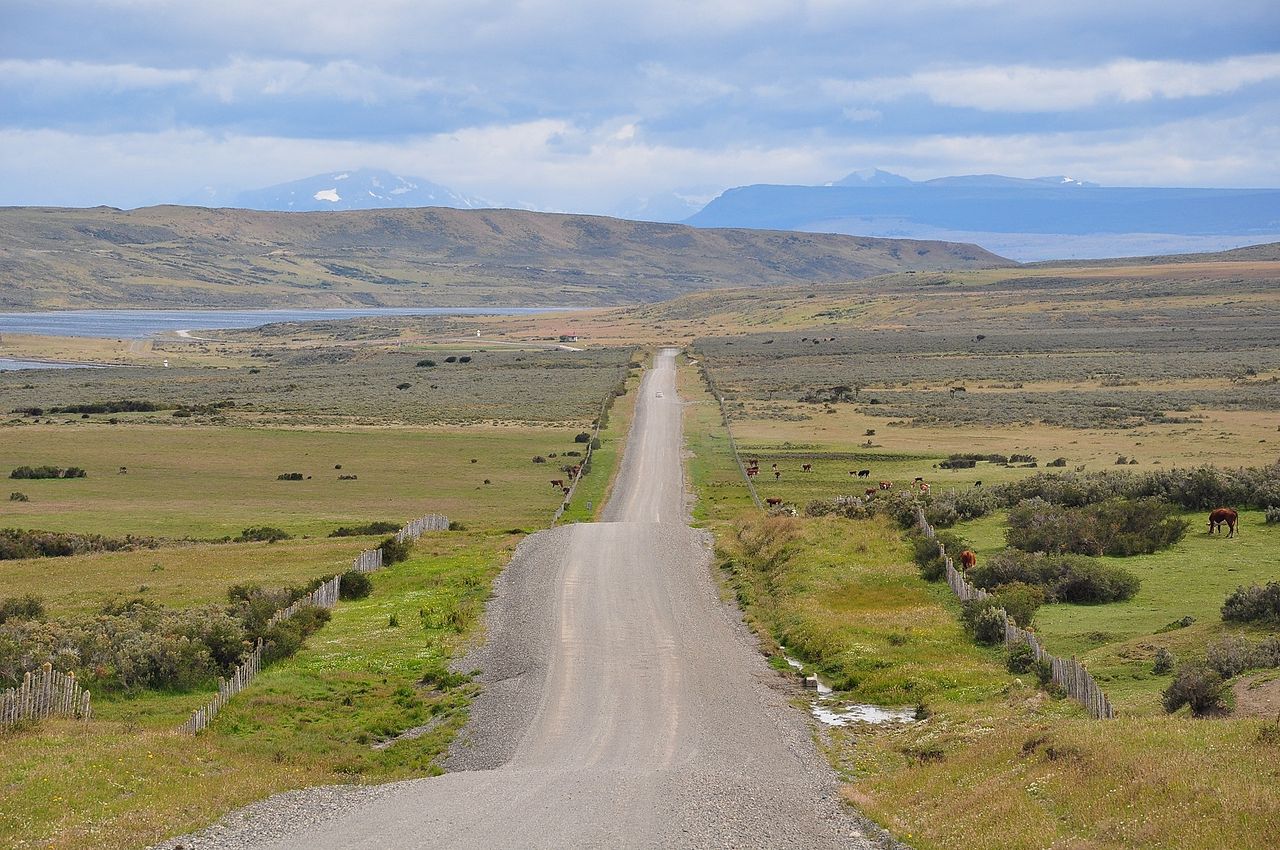
We explain the factors that contribute to the total cost of fines preservation, as well as how much it costs to avoid preserving fines.
Fines preservation refers to the work of binding dust, or the aggregate material that escapes from an unpaved road or runway surface, with larger materials, locking it back into the structure of the road. The process maintains the as-constructed surface of any runway and cuts down on fugitive dust emissions, and enhances visibility on worksites, regulatory compliance, and the general health and safety of workers.
As with any essential industrial process, however, fines preservation requires an investment, and many operators would rather take the often severe risks posed by high amounts of fugitive dust than dedicate the necessary portion of their budget to suppressing it. That’s a big mistake, as the cost of doing nothing is often higher than even the most expensive, in-depth programs.
The Costs of Not Performing Fines Preservation
Because the types of sites that require it vary so widely, it can be difficult to pin down an exact number when it comes to the true cost of fines preservation. A better method of assessment is to calculate current runway maintenance costs and compare them to the potential costs of a runway that has undergone fines preservation.
One of the biggest costs associated with operating a gravel runway or a secondary road is the price tag attached to frequent rebuilding. Typically, a gravel runway is totally rebuilt every ten years, with a partial rebuild or capping done at the five-year point. The cost of these projects can vary, but some small, single-runway airports spend around $3 million to rebuild this crucial surface every decade. For runways tucked away in remote, rural locations, the costs of shipping gravel for resurfacing can also be extremely burdensome (as much as double the cost of sourcing gravel locally).
Even when a runway isn’t being completely rebuilt, it requires a significant amount of maintenance work to mitigate dust emissions and prevent potholes from forming. For instance, many airports use a grader to resurface their runway on a weekly basis. Purchasing a grader in the first place can cost hundreds of thousands of dollars, and maintaining it costs tens of thousands each year. Once you factor in the payments made to a professional who can operate the machinery, the expense quickly becomes astronomical.
The Negative Cycle of Watering
Grading is usually performed in conjunction with watering, or the process of applying gallons of water to gravel roads in order to control dust. Unfortunately, watering is one of the least efficient ways to control dust, as it damages the structural integrity of any unpaved road. We like to call this the negative cycle of watering: an operator waters a road to control dust, which washes away critical fines; the loss of fines contributes to further deterioration of the road, creating even more dust; then, the operator waters again to control that dust, beginning the cycle all over again.
If you’re paying to water your road or gravel runway, you may actually be creating more costs for yourself down the line. Fines preservation may seem costly on the surface, but only to those who aren’t aware of what their untreated roads or runways are actually costing them: between rebuilding, grading, and watering, you may already be paying incredible sums by not preserving fines.
Midwest: Your Trusted Fines Preservation Partner
At Midwest Industrial Supply, Inc., we understand the importance of a well-designed and implemented fines preservation program. We have decades of experience stabilizing roads and controlling dust all across North America and elsewhere, and some of our roads and runways have been in place for over 20 years. The suite of fines preservation products we use in our programs — which include patented binders such as Envirokleen® & EK35® — are lab and field-tested, environmentally friendly, and certified by institutions like Boeing and the EPA.
If you think your gravel runway or secondary road could be a good fit for our fines preservation program, don’t hesitate — contact us today, and we’ll work with you to diagnose your problems and create a long-term, cost-effective solution.
